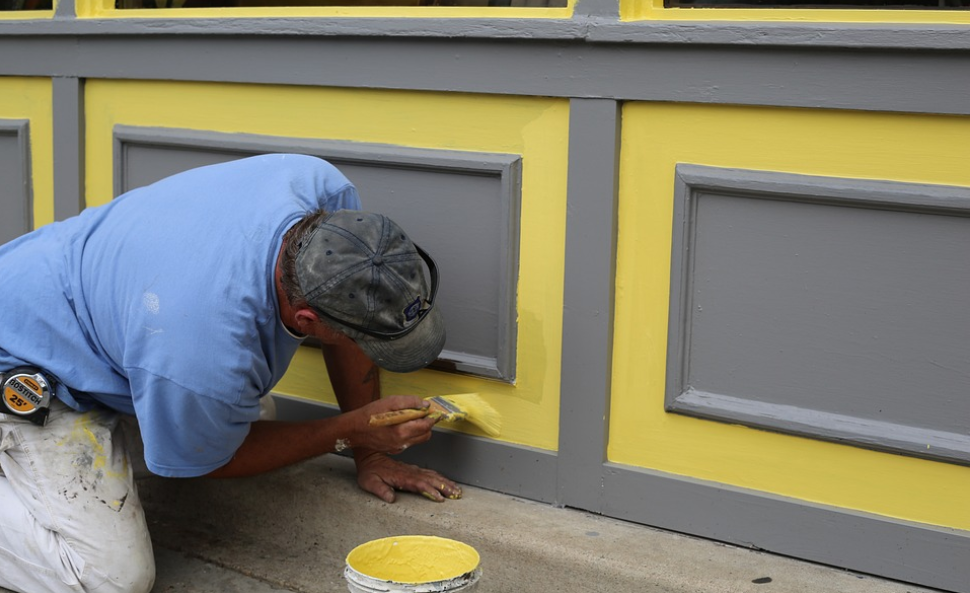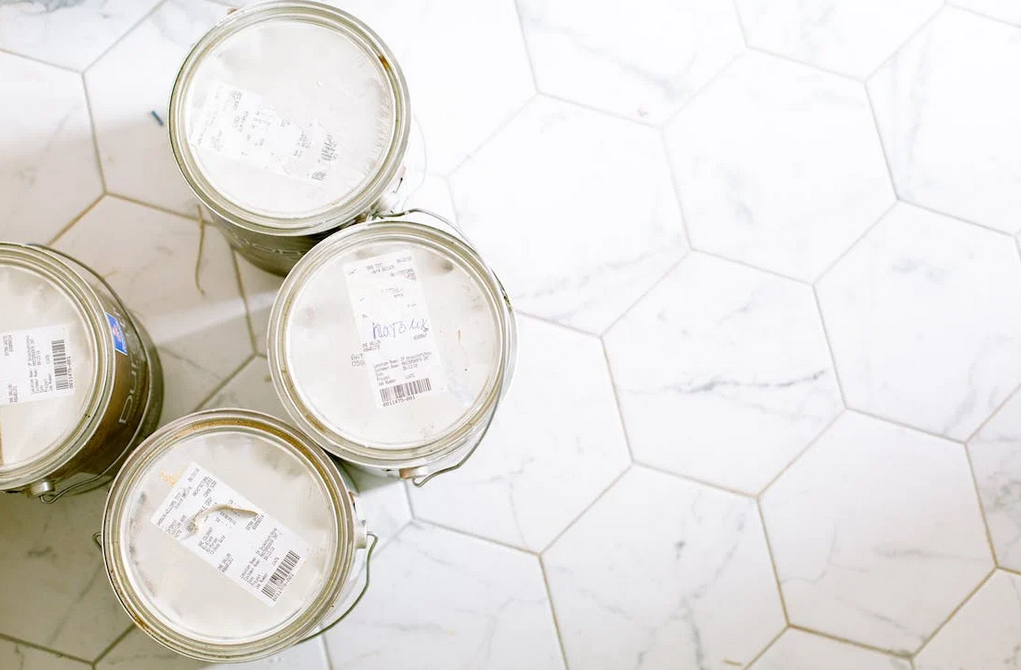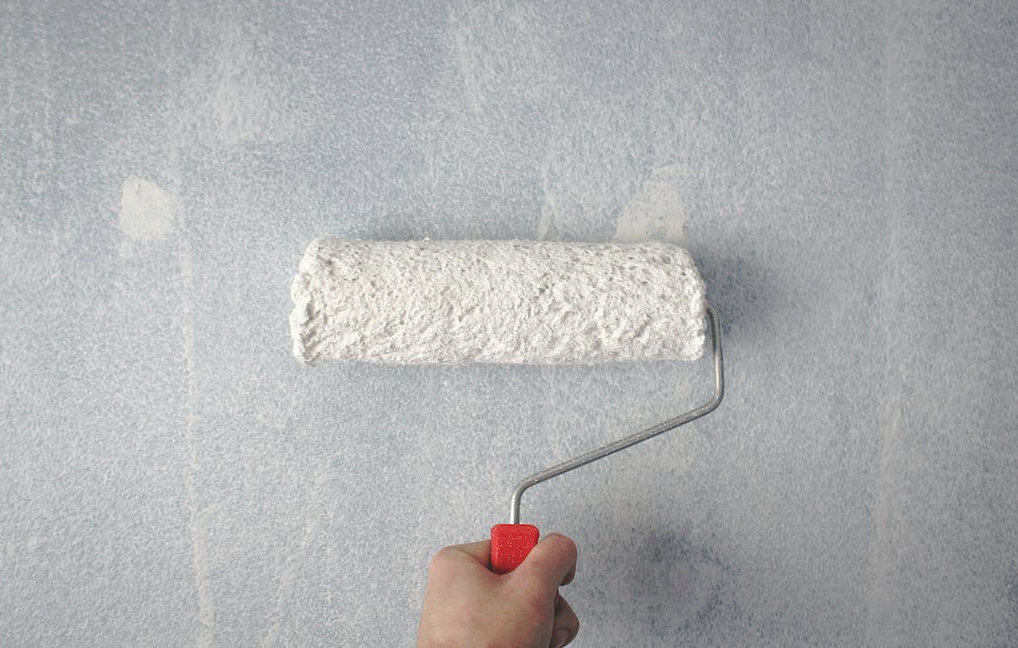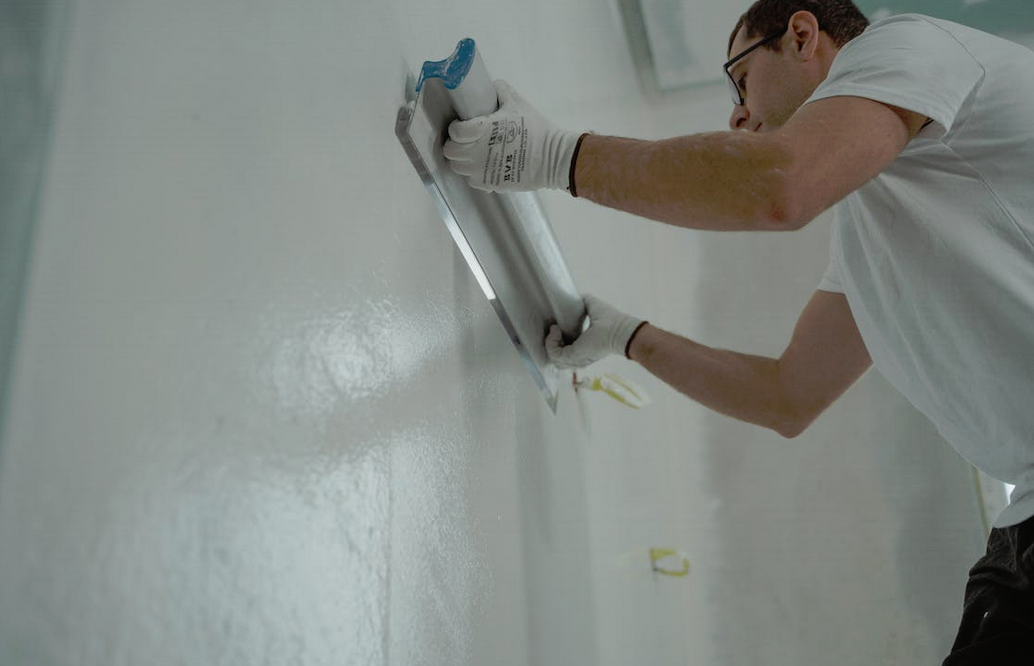Common Pitfalls of Roofing Warranties and How to Avoid Them

So, you’ve just had a shiny new roof installed, complete with a warranty promising peace of mind and protection against unexpected mishaps. Sounds like a dream come true, right? Well, hold onto your hard hat, because roofing warranties can sometimes be as tricky as balancing on a steeply pitched roof during a windstorm. In this down-to-earth guide, we’ll dive into the top four pitfalls of roofing warranties and how you can sidestep them like a seasoned tightrope walker.
And remember, when in doubt, consulting with your trusted Local Roofer can provide valuable insights and guidance tailored to your specific roofing needs. Let’s unravel these warranty mysteries together!
The Installation Debacle
Picture this: you’ve spent your hard-earned money on a top-of-the-line roofing system with all the bells and whistles. But wait – it turns out the warranty is as flimsy as a house of cards because the installation needed to be better. Whether it’s shoddy artistry, improper materials, or shortcuts taken by the roofing crew, a botched installation can spell disaster for your warranty coverage. To avoid this pitfall, do your homework before hiring a roofing contractor. Look for companies with a track record of quality work and satisfied customers.
The Act of God’s Exemption
Ah, the classic “act of God” clause – the get-out-of-jail-free card that insurance companies love to wield like a shield against claims for damage caused by natural disasters. While it’s true that some events, such as hurricanes, tornadoes, or earthquakes, may be beyond anyone’s control, it’s essential to understand how these acts of God affect your roofing warranty. Many warranties exclude coverage for damage caused by extreme weather events or “acts of nature,” leaving homeowners feeling like they’ve been left out in the rain without an umbrella. To avoid this pitfall, consider supplementing your roofing warranty with additional insurance coverage tailored to protect against natural disasters.
The Fine Print Fiasco

Ah, the dreaded fine print – that sneaky little clause lurking at the bottom of the warranty document, just waiting to rain on your parade. Many homeowners fall into the trap of not thoroughly understanding the terms and conditions of their roofing warranty, only to discover later that certain exclusions or limitations leave them high and dry when they need coverage. To avoid this pitfall, grab a cup of coffee (or a strong magnifying glass) and dive headfirst into that fine print.
The Transfer Trap
So, you’ve decided to sell your home and pass the torch (or the roof?) onto the next lucky homeowner. But wait – it turns out your roofing warranty isn’t transferable, leaving the new owners high and dry regarding coverage. Many warranties have strict limitations or fees associated with transferring coverage to a new owner, leaving both buyers and sellers feeling like they’ve been taken for a ride on a leaky roof. To avoid this pitfall, check the transferability clause of your roofing warranty before putting your home on the market.…





 Before you start painting, preparation is key to achieving a flawless finish. Begin by clearing the room of furniture or covering it with drop cloths to protect against accidental spills. Next, remove any wall fixtures, outlet covers, and switch plates.
Before you start painting, preparation is key to achieving a flawless finish. Begin by clearing the room of furniture or covering it with drop cloths to protect against accidental spills. Next, remove any wall fixtures, outlet covers, and switch plates. To ensure a smooth painting experience, gather the necessary tools. You’ll need paintbrushes, rollers, roller trays, paint sprayers (optional), painter’s tape, drop cloths, and a sturdy ladder.
To ensure a smooth painting experience, gather the necessary tools. You’ll need paintbrushes, rollers, roller trays, paint sprayers (optional), painter’s tape, drop cloths, and a sturdy ladder. Home painting can come with its fair share of challenges. If you encounter drips or uneven texture, gently sand the affected area and touch it up with an extra coat of paint.
Home painting can come with its fair share of challenges. If you encounter drips or uneven texture, gently sand the affected area and touch it up with an extra coat of paint.